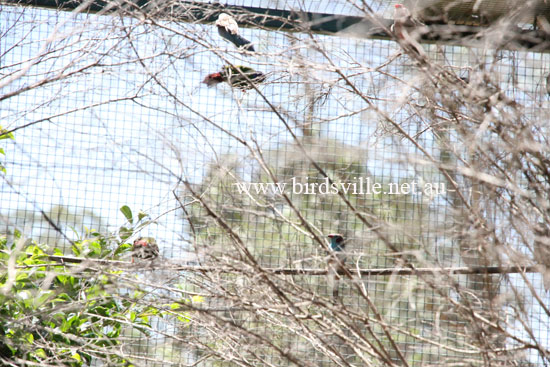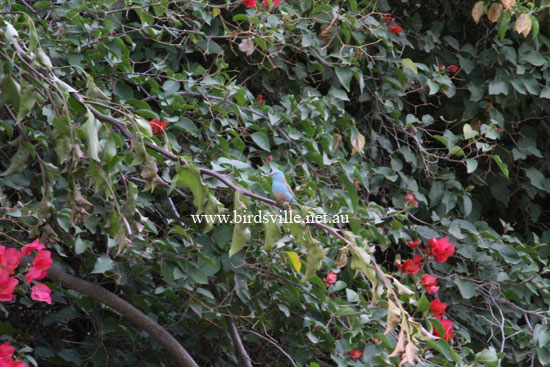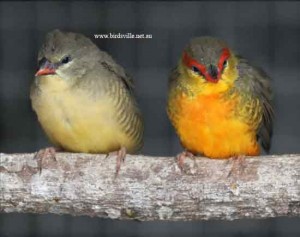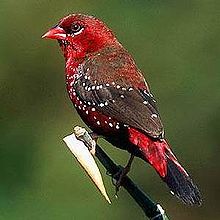Red-cheeked Cordon Bleu care

Natural Distribution and Habitat
Native to Africa and found in Zambia, Ethiopia, Somalia to name a few i witnessed many flocks of around 8 individual birds at a time when i was travelling through Tanzania they were always close to water and never far from acacia trees around 3 metres tall.
Diet for the Cordon Bleu Finch
Seed– Be sure to feed your cordons a good quality finch mix, be wary of some supermarket mixes as they may not be of the best quality. If you are unsure of the seed you are feeding your birds ask your local bird specialist. Other seeds also liked by cordons are rape seed and maw seed.
Sprouted seed– Loved by cordons but be sure to clean thoroughly with aviclens to remove any bacteria befor feeding to your birds.
Millet sprays– a fresh millet still on the stem french white is preferred although pannicum is still taken
Greens– seeding grasses, chickweed, dandelion, endive, lebanese cucumber, silver beet and flowering heads of milk thistle.
Vitamin supplement– added to the water supply to ensure they actually receive the vitamins there is many good brands available in Australia.
Live food– Very important especially when birds are breeding use meal worms fly pupae with a few pinches of wombaroo insectivore mix.
Egg and biscuit formula– an important protein supplement especially for breeding birds this can be added to the live food mix above.
Grit– feed a good quality fine grit mix with charcoal, shell, crushed cuttlebone, baked egg shell and limestone
Clean fresh drinking water
Breeding Cordon Bleu Waxbill’s
Cordon Bleu’s will nest in half open finch nest boxes, wicker cane nests and dense shrubs. be sure to supply nesting material such as swamp grass and soft white feathers for the nest lining. Both male and female will work on nest construction. The hen will lay around 5 white eggs with an incubation period of 12 days. The chicks will remain in the nest for a further 3 to 4 weeks until they fledge and start to venture outside. The parents will continue to feed the young for a further 3 weeks as they learn to crack seed for them self, do not remove young while they are still depending on the parent birds for sustenance. During the breeding process it is essential to feed this species plenty of live food.
Sexing Cordon Bleu Waxbill’s
The male has red patches on the cheek and the female does not.
More information coming soon.



